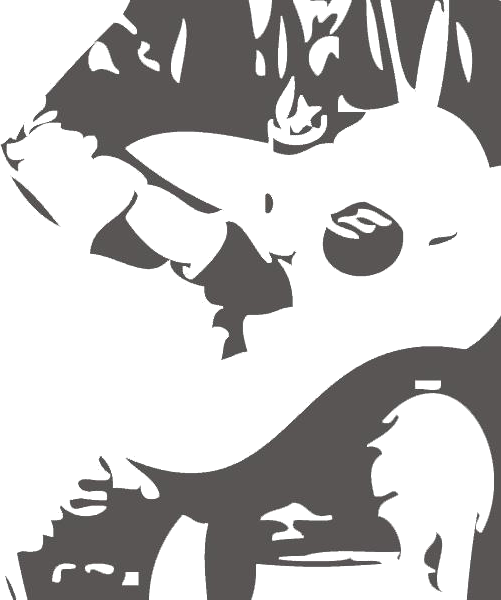First Hawaiian Conservatory of Music c 1928 | HOLD | The First Hawaiian Conservatory of Music was a mail-order guitar instruction company headquartered in the Woolworth Building in New York City. It was established in the early twenties and operated at least into 1930. Advertised heavily in such wide-circulation magazines of the era like Popular Mechanics, the FHCM offered a free guitar if the applicant signed a contract for a years worth of lessons. The guitars received by students were pretty consistent but for variations in the bridge: birch body (except for one poplar body we'd owned) stained a bright orange, poplar neck, concert size and most with a foil label pasted over the finger board showing positions for slide playing. These guitars have a big following due to the folklore surrounding slide guitar monster Blind Willie Johnson, who appears to be playing a FHCM guitar in a vintage photograph.
The body is slab-sawn birch stained a bright and attractive orange 'burst. The neck is poplar and the board dyed black (original instructional foil overlay removed). The bridge is black-painted maple. The bridge pins are natural wood with inlaid pearl dots. The top is ladder braced in the typical OS style of one brace north of the sound hole, two braces below and a large bridge plate spanning the width of the top. The body measures 13 7/8" across at the lower bout. Scale length is a short-scale 24 7/8". The neck is carved in a very soft 'V', and measures 1 7/8" across at the nut and string spacing is 2 1/8" across at the bridge.
This example is as nice as one hopes to find them; an all original guitar except for the new saddle. The foil instructional label was removed and the maple fingerboard dyed black. A few brace tips were glued. The neck was reset and the frets leveled and dressed. The guitar is crack free, and has weathered the decades with only a few scratches on the back and random nicks and dings. Naturally, the unused frets show no wear.
We've owned a good number of FHCs, and we're never disappointed. For some reason they always sound really good for blues and old time music. The typify the boxy, dry sound of the Stellas heard on a lot of the original 78 rpm records emulated by blues enthusiasts the world over. In terms of originality, condition, sound and playability, this example is one of the best we've experienced.
Comes with a soft case.
Check out the sound clip!
The body is slab-sawn birch stained a bright and attractive orange 'burst. The neck is poplar and the board dyed black (original instructional foil overlay removed). The bridge is black-painted maple. The bridge pins are natural wood with inlaid pearl dots. The top is ladder braced in the typical OS style of one brace north of the sound hole, two braces below and a large bridge plate spanning the width of the top. The body measures 13 7/8" across at the lower bout. Scale length is a short-scale 24 7/8". The neck is carved in a very soft 'V', and measures 1 7/8" across at the nut and string spacing is 2 1/8" across at the bridge.
This example is as nice as one hopes to find them; an all original guitar except for the new saddle. The foil instructional label was removed and the maple fingerboard dyed black. A few brace tips were glued. The neck was reset and the frets leveled and dressed. The guitar is crack free, and has weathered the decades with only a few scratches on the back and random nicks and dings. Naturally, the unused frets show no wear.
We've owned a good number of FHCs, and we're never disappointed. For some reason they always sound really good for blues and old time music. The typify the boxy, dry sound of the Stellas heard on a lot of the original 78 rpm records emulated by blues enthusiasts the world over. In terms of originality, condition, sound and playability, this example is one of the best we've experienced.
Comes with a soft case.
Check out the sound clip!














